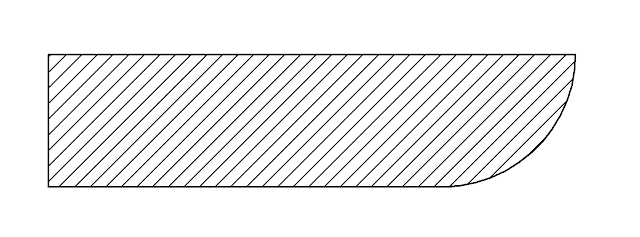tikicarver
Well Known Member
I'm trying to bend the flange on the bottom of the instrument panel in the -4
It is 2024-T3, .050, plans say min 1/4 radius.
tried some practice bends on a brake at work, but the radius is too tight and I see cracks in the bend. Our brake has no adjustment for radius.
any good tips out there how to make this bend without a brake?
It is 2024-T3, .050, plans say min 1/4 radius.
tried some practice bends on a brake at work, but the radius is too tight and I see cracks in the bend. Our brake has no adjustment for radius.
any good tips out there how to make this bend without a brake?





